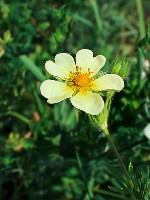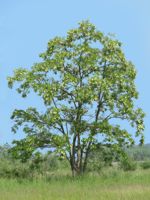Mon-Fri 9am - 5pm Mountain time
Cart reopens in November
Subscribe to our email list
to stay updated
Black Locust vs Pennsylvania Cinquefoil
Potentilla Pensylvanica
Robinia pseudoacacia
NOT AVAILABLE THIS SEASON
SOLD OUT
Pennsylvania Cinquefoil is well suited for naturalisation projects as it is a wildflower native to North America. It is widespread and can be found growing in rocky soils at higher elevations in the mountains and foothills, as well as the dry prairies. The Pennsylvania Cinquefoil is capable of growing in cold, harsh conditions. The bright yellow flowers are found at the top of long stalks in small dense clusters and are ideal for attracting pollinators.
Black Locust is an attractive tree. Its distinctive leaves are made of about a dozen bright green leaflets. It also notable for its fragrant white flowers, which smell of citrus.
Black Locust can grow in many situations, but prefers dry areas with lots of sun. It is robust and is an excellent choice for establishing shade in dry, open areas.
Important note: Much of the Black Locust is toxic to humans and livestock, including seeds, bark, and leaves.

